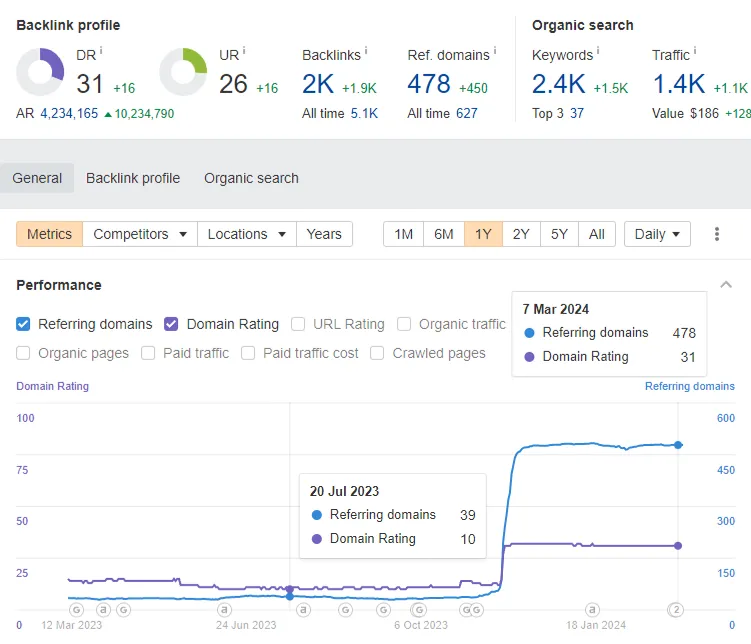Recognizing the Different Kinds of Cloud Solutions and Their Uses
In today's electronic landscape, the realm of cloud computer supplies a diverse range of solutions that accommodate the needs of individuals and services alike. From Framework as a Service (IaaS) to Software Application as a Service (SaaS), each kind of cloud solution serves a distinct function and supplies distinctive benefits. Recognizing the distinctions in between these numerous cloud designs is essential for enhancing operations, improving scalability, and making sure cost-efficiency in a significantly interconnected globe. By exploring the nuanced functionalities and applications of each cloud service, one can navigate the intricacies of cloud computer with precision and insight.
Facilities as a Service (IaaS)
Infrastructure as a Service (IaaS) gives customers with virtualized computer sources over the net on a pay-as-you-go basis. This cloud computing design delivers important IT infrastructure such as online devices, storage, and networking without the demand for companies to buy and manage physical servers and data facilities. With IaaS, individuals can scale resources up or down based on their needs, using adaptability and cost-efficiency.
One of the key advantages of IaaS is its capability to rapidly provision and deploy facilities elements, allowing services to respond promptly to altering demands and market conditions. By contracting out facilities management to the provider, organizations can focus a lot more on their core service activities instead than handling the intricacies of hardware upkeep and upgrades.
Additionally, IaaS offers a high degree of reliability and security, with service providers typically providing durable data backup, catastrophe recuperation, and cybersecurity steps. This aids make sure that vital business operations continue to be continuous and information stays safeguarded versus potential risks. cloud services press release. On the whole, Infrastructure as a Solution simplifies IT operations, enhances scalability, and lowers capital investment for businesses of all sizes
System as a Solution (PaaS)
Building upon the foundation of Facilities as a Solution (IaaS), System as a Service (PaaS) supplies a comprehensive environment for developers to create, release, and take care of applications without the complexities of underlying infrastructure management. PaaS provides a platform with tools and solutions that streamline the development procedure, permitting programmers to concentrate on creating code and structure applications as opposed to taking care of framework problems.

Software as a Solution (SaaS)
Software as a Solution (SaaS) transforms the way organizations gain access to and make use of software application applications by offering them on a subscription basis through cloud suppliers. This cloud computing design removes the need for companies to set up and preserve software program on specific tools, as every little thing is hosted and handled centrally in the cloud.
SaaS gives an economical remedy for businesses as they just pay for the software application they make use of without the included expenses of hardware maintenance or software updates. It likewise supplies scalability, allowing companies to quickly change their software program needs based on their demands.
Additionally, SaaS applications can be accessed from any kind of tool with an internet link, promoting partnership and adaptability amongst remote groups. Safety and security is a leading concern in SaaS, with suppliers applying durable measures to safeguard data kept in the cloud.
Popular examples of SaaS include customer relationship monitoring (CRM) software like Salesforce, productivity devices like Microsoft Workplace 365, and cooperation systems like Google Office. SaaS remains to gain traction in business world due to its cost-efficiency, scalability, and benefit.
Function as a Service (FaaS)
With the advancement of cloud solutions like Software program as a Solution (SaaS) enhancing software see this site shipment, Function as a Solution (FaaS) stands for a paradigm shift in how code is performed in a serverless setting. FaaS enables developers to create and implement private functions or pieces of code in response to certain events without the need to take care of the framework. This serverless computing model allows developers to focus only on composing code to implement details capabilities, without concerning themselves with the underlying framework or web server monitoring.
One of the vital advantages of FaaS is its capacity to scale instantly based on the inbound workload. Functions are carried out in stateless containers that are spun backwards and forwards as required, making sure ideal resource application and cost-effectiveness. FaaS is specifically helpful for event-driven and microservices designs, where code execution is activated by events such as HTTP demands or database updates. By abstracting the framework layer, FaaS simplifies advancement, speeds up time to market, and enhances total agility in releasing cloud-native applications.
Storage Space as a Service (STaaS)
A basic part in cloud computer, Storage space as a Solution (STaaS) supplies customers with a scalable and effective remedy for managing data storage demands. STaaS permits companies to store and obtain information from remote web servers via the internet, getting rid of the requirement for on-premises equipment. This solution uses adaptability by enabling users to pay only for the storage they utilize, making it a This Site cost-effective option for companies of all dimensions.

STaaS is specifically valuable for businesses with rising and fall storage space demands, as it provides a safe and reputable storage remedy without the requirement for significant ahead of time investments. By leveraging STaaS, companies can enhance their data monitoring procedures, improve access, and enhance information safety and security in a cost-effective manner.

Final Thought
In conclusion, recognizing the different types of cloud services and their usages is essential for services and people looking to leverage the benefits of cloud computing. By using the ideal cloud solution, companies can boost their performance, scalability, and adaptability in handling their IT infrastructure and applications.
From Facilities as a Solution (IaaS) to Software Program as a Solution (SaaS), each kind of cloud solution offers an one-of-a-kind objective and provides unique benefits. linkdaddy cloud services. By exploring the nuanced functionalities and applications of each cloud solution, one can browse the intricacies of cloud computer with precision and insight
With the advancement of cloud solutions like Software click here for info application as a Service (SaaS) streamlining software distribution, Feature as a Service (FaaS) represents a paradigm change in just how code is performed in a serverless atmosphere.In final thought, understanding the different types of cloud solutions and their uses is necessary for services and individuals looking to take advantage of the benefits of cloud computer. By utilizing the right cloud service, companies can improve their efficiency, scalability, and adaptability in managing their IT infrastructure and applications.